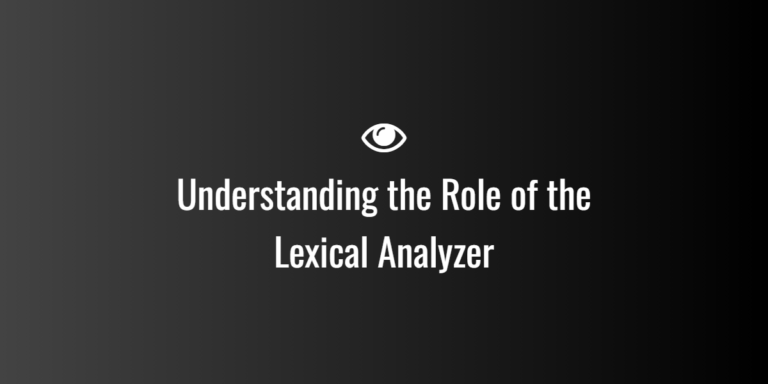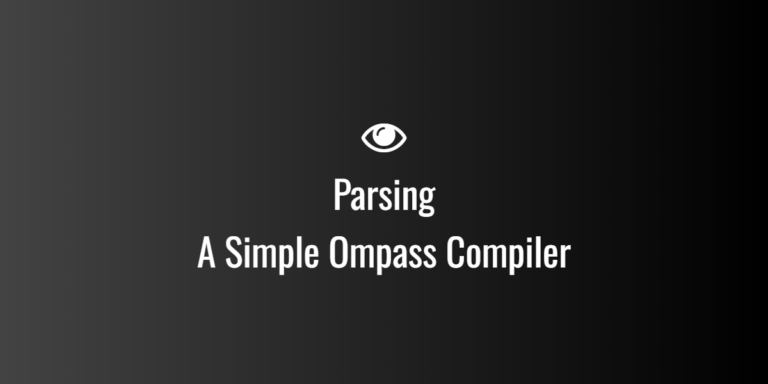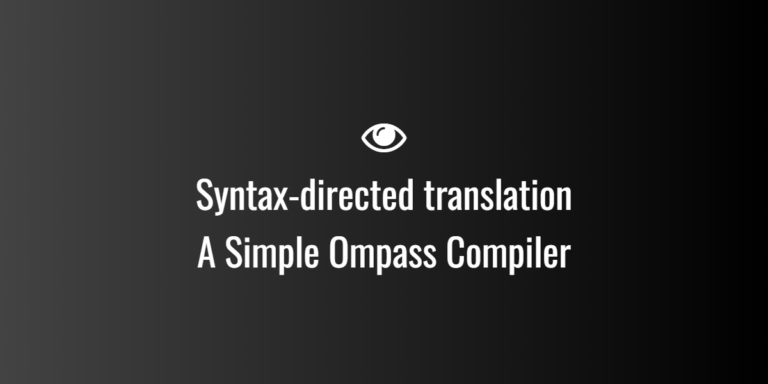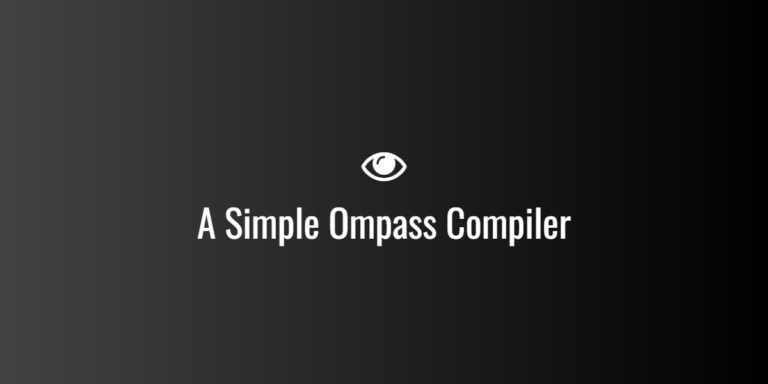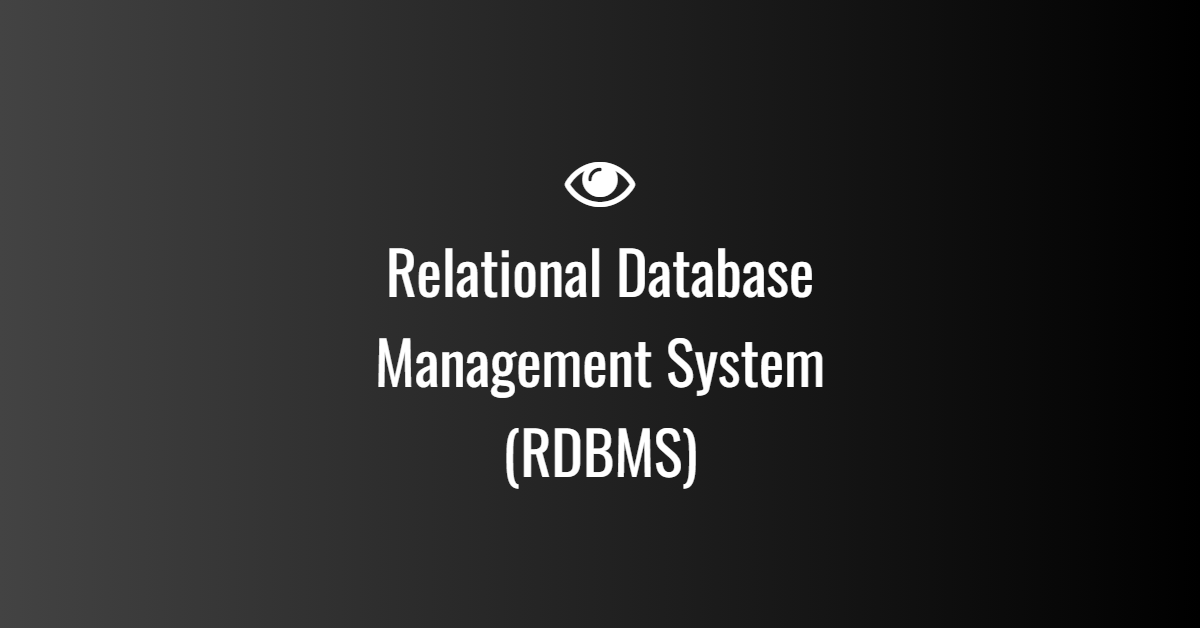
Relational Database Management System (RDBMS)
Introduction
A Relational Database Management System (RDBMS) is a type of database management system that organizes data into structured tables with rows and columns. It follows the relational model, which ensures data integrity, security, and consistency.
RDBMS is widely used in enterprise applications such as banking, e-commerce, healthcare, and enterprise resource planning (ERP) due to its powerful data handling and transaction management capabilities.
Key Features of RDBMS
1. Data is Stored in Tables
- Data is structured into tables consisting of rows (records) and columns (fields).
- Each table represents an entity (e.g., customers, orders, employees).
2. Use of Primary and Foreign Keys
- Primary Key: A unique identifier for each record in a table (e.g., Customer_ID in a Customers table).
- Foreign Key: A reference to a primary key in another table to establish relationships between tables.
3. Structured Query Language (SQL)
- RDBMS uses SQL (Structured Query Language) for querying and managing data.
- Examples of SQL commands:
SELECT * FROM customers;(Retrieve data)INSERT INTO orders VALUES (101, 'Laptop', 2);(Add a new record)
4. ACID Compliance
RDBMS follows ACID properties to ensure reliable transactions:
- Atomicity: Transactions are all-or-nothing.
- Consistency: Data remains valid before and after a transaction.
- Isolation: Multiple transactions do not interfere with each other.
- Durability: Committed transactions are permanently saved.
5. Data Integrity and Constraints
- Ensures data accuracy using constraints like:
- NOT NULL: Prevents empty fields.
- UNIQUE: Ensures unique values.
- CHECK: Enforces specific conditions.
6. Multi-User Access & Security
- RDBMS allows multiple users to access data simultaneously.
- Provides user authentication, role-based access control, and encryption for security.
7. Scalability
- Typically vertically scalable (adding more power to a single server).
- Can also support horizontal scaling using replication and sharding techniques.
Popular RDBMS Software
| RDBMS | Key Features |
|---|---|
| MySQL | Open-source, widely used for web applications. |
| PostgreSQL | Advanced, supports complex queries and JSON data. |
| Oracle Database | Enterprise-level, optimized for large-scale transactions. |
| Microsoft SQL Server | Best for Windows-based applications and BI tools. |
| IBM Db2 | High-performance, optimized for data-intensive applications. |
RDBMS vs. DBMS
| Feature | DBMS (General) | RDBMS (Relational) |
|---|---|---|
| Data Structure | Stores data as files or key-value pairs | Uses tables with relationships |
| Data Consistency | Low consistency | High consistency |
| Query Language | No standard query language | Uses SQL for queries |
| Scalability | Limited scalability | Better scalability with indexing & optimization |
| Examples | File-based storage, NoSQL databases | MySQL, PostgreSQL, Oracle |
Advantages of RDBMS
✅ Data Integrity: Enforces constraints to maintain accuracy.
✅ Efficiency: Optimized indexing for fast searches.
✅ Security: User authentication and role-based access control.
✅ Reliability: ACID properties ensure transaction safety.
✅ Data Relationships: Uses foreign keys for structured relationships.
Disadvantages of RDBMS
❌ Complexity: Requires proper database design and management.
❌ Cost: Enterprise RDBMS software can be expensive.
❌ Scalability Issues: Vertical scaling may require high-end hardware.
When to Use RDBMS?
| Use Case | Recommended? | Why? |
|---|---|---|
| Banking & Finance | ✅ Yes | Ensures high data integrity & security |
| E-Commerce & Online Orders | ✅ Yes | Manages transactions and relationships efficiently |
| Healthcare Systems | ✅ Yes | Ensures strict compliance and data integrity |
| Social Media & Big Data | ❌ No | NoSQL is better for scalability |
| Real-time Analytics | ❌ No | NoSQL databases handle large-scale analytics better |
Conclusion
Relational Database Management Systems (RDBMS) are the backbone of structured data storage, providing consistency, security, and efficient data management. While they are ideal for structured applications like finance, healthcare, and enterprise solutions, modern big data and real-time applications often use NoSQL databases for better scalability.

